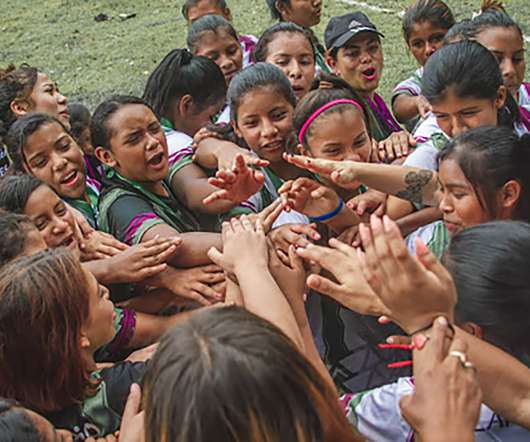Trainer’s Notebook: Facilitating Tech Training Internationally – Tips for Working with Interpreters
Beth's Blog: How Nonprofits Can Use Social Media
NOVEMBER 3, 2015
They started WAKE after working together for 15 years designing and leading global programs at the intersection of technology, civil society and women’s empowerment. It is always challenge to use participatory techniques when your participants are not native English speakers and you don’t speak the language.











Let's personalize your content